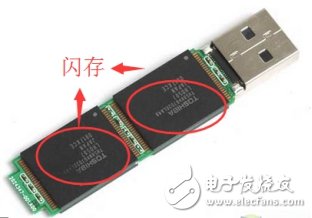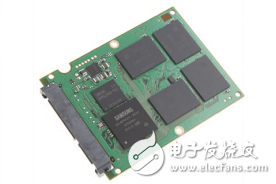On March 1st, LeTV announced that it will adjust the price of its Le Pro 3. Prior to this, Meizu, Red Rice, and Nubia have successively announced price increases... Mobile phone manufacturers have implemented price increase measures. What are the manufacturers that often want to use low-price strategies to attract users this time? Have any friends found that the price of flash memory products on the market is growing quietly, including the familiar U disk, memory, hard disk products, and whether these products have anything to do with the recent announcement of price increases? The key is that they all use a core device: Flash Memory, which is what everyone calls “flash memoryâ€. Due to the current production reduction, such devices are in short supply, causing their prices to rise and eventually reacting to various end products. on. So how many people know what Flash is? In this high-tech era, it is reasonable to understand more about this aspect, so as not to be eliminated by technology. Let's take a brief look at what is "Flash Memory". In order to avoid the complexity of the concept, we use the computer's memory and hard disk as an example to illustrate: Memory bar: Each time the switch needs to reload the data into the memory, it can run under power-on state. After power-off, the data is lost and cannot be saved. Hard disk: Data can be stored for a long time after being written. If the data is not powered, the data is not easily lost, and the data can be saved for a long time. Table 1 Flash Description Flash memory is equivalent to the above hard disk function, which can save data for a long time without current supply. This feature makes it the darling of all kinds of portable intelligent digital devices. At present, the main flash memory devices on the market are divided into two types: Nand Flash and Nor flash. Nor Falsh technology was developed by Intel in 1988, which was significant at the time, completely changing the situation of EPROM and EEPROM. Toshiba released the Nand Flash structure in 1989, emphasizing more cost reduction and higher performance. . Currently, NAND and NOR are the two main non-volatile flash technologies on the market, each with its own characteristics and playing an important role in different fields. Nand Flash and Nor Flash have their own advantages in application, as shown in the following table: Table 2 Comparison of NAND and NOR From a practical point of view, the main difference between Flash and NAND flash is the interface. NOR Flash full random access memory map and dedicated interface (such as EPROM) address and data lines. On the other hand, NAND flash does not have an address line. It is made up of 8/16 transmit commands, address and data bus bit width (I/O interface) internal registers, which provides a more flexible configuration for many masters. NAND Flash is more suitable for use in all kinds of devices that need big data, such as USB flash drives, various memory cards, MP3 players, etc., and NOR Flash is more suitable for use in high-performance industrial products. Pod Set,Pre-filled Pod,Disposable Pods,Pod Device Shenzhen Xcool Vapor Technology Co.,Ltd , https://www.szxcoolvapor.com


